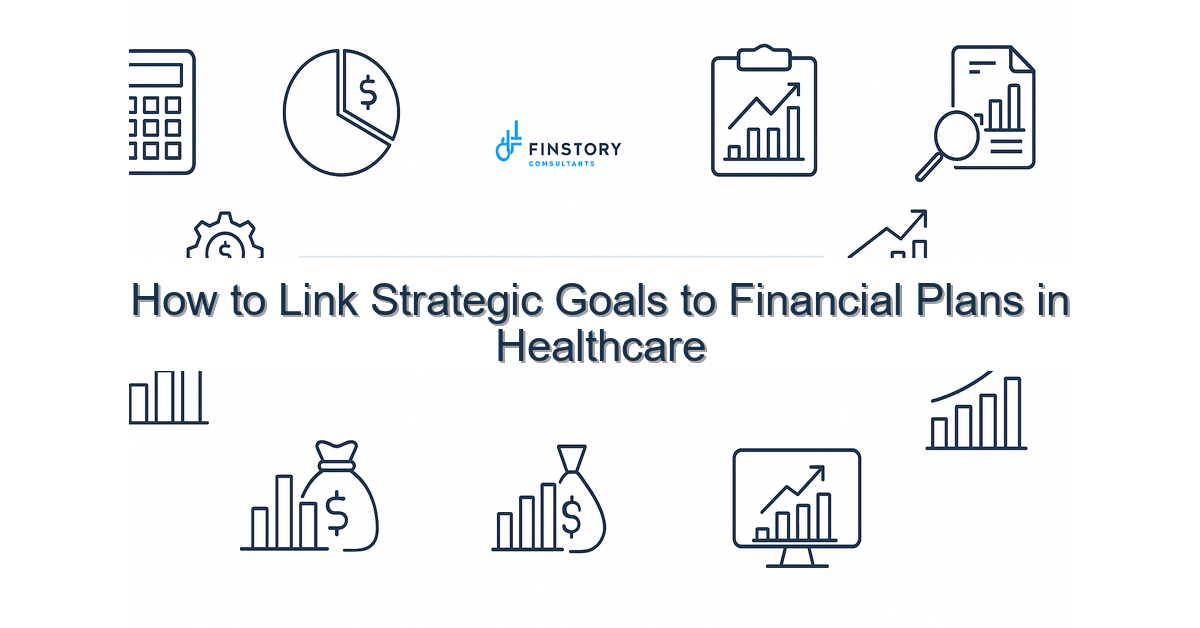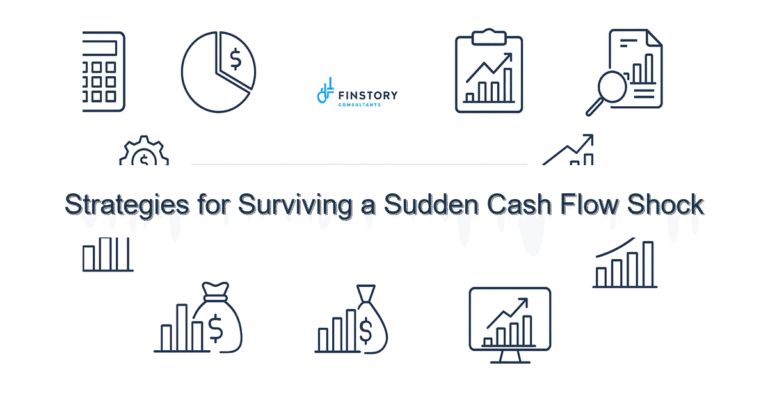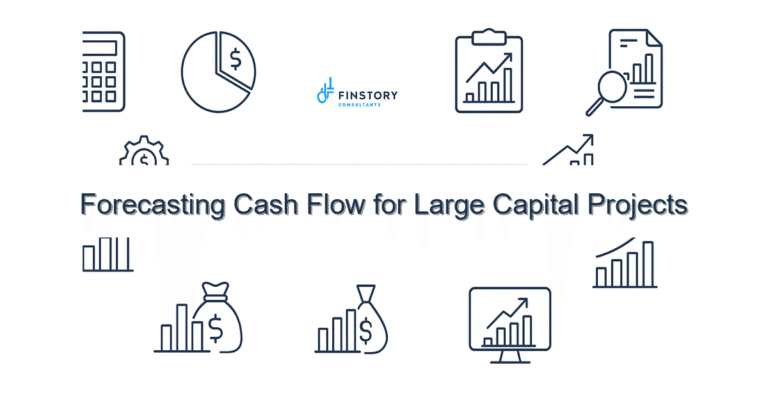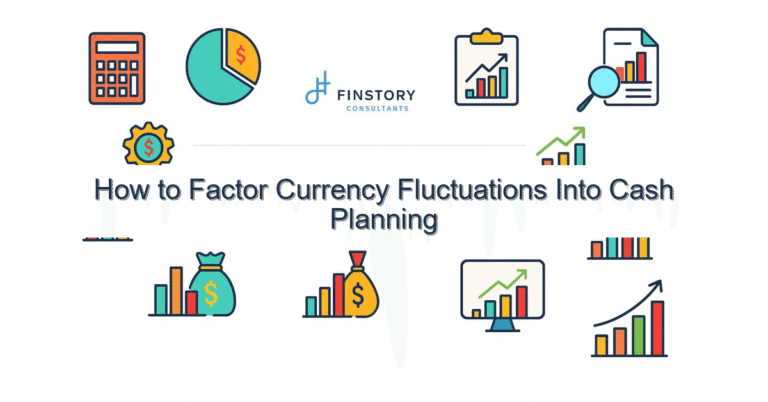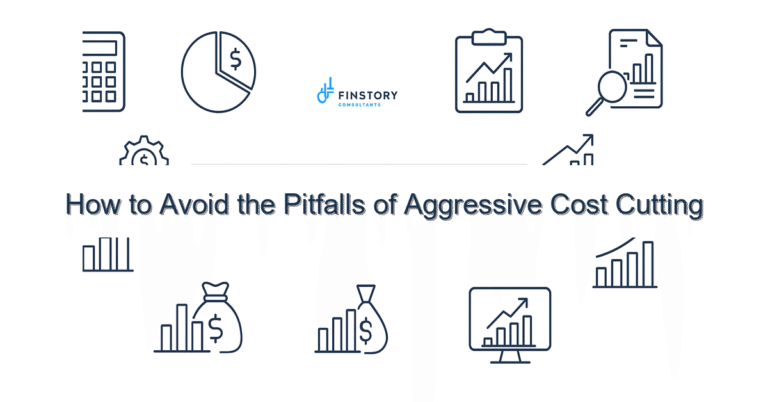How to Link Strategic Goals to Financial Plans in Healthcare
You wear two hats every day: a leader of care and a steward of scarce resources. When strategy feels like a wish list and budgets feel like gatekeepers, you’re not alone. This guide helps you close that gap—so goals become funded actions, not hopeful slides.
Summary: Link strategic goals to financial plans by turning priorities into measurable initiatives, aligning budgets to value and risk, and building a fast feedback loop between operations and finance—so decisions are funded, measurable, and repeatable.
What’s the real problem? — link strategic goals to financial plans
Most healthcare organizations have great strategic statements. But strategy often lives in a presentation while the budget lives in spreadsheets. The result: mismatched priorities, missed opportunities, and frustrated clinical and finance teams.
- Symptoms: strategic initiatives without clear funding or owners.
- Symptoms: month-to-month firefighting that erodes long-term investments.
- Symptoms: conflicting KPIs between clinical leaders and finance.
- Symptoms: slow cycle times for reforecasting as conditions change.
What leaders get wrong
Leaders mean well. But a few repeatable mistakes undermine alignment.
First, treating strategy and budgeting as separate cycles. Strategy is annual inspiration; budgets are annual constraint. That creates a handoff, not a partnership.
Second, using high-level strategic language without translating it into financial terms: revenue impact, cost-to-deliver, cash timing, or ROI. If a project can’t be evaluated financially, it rarely moves from priority to funded work.
Third, overloading contingency funds as a catch-all instead of tying reserves to defined risks and trigger points. That hides trade-offs and delays hard decisions.
A better approach
Think of linking strategy to finance as a continuous three-part rhythm: translate, prioritize, and govern. Here’s a simple 4-step framework you can adopt this quarter.
- Translate strategic goals into initiatives. For each goal, list 2–5 concrete initiatives (e.g., reduce ED length-of-stay by 20%, deploy remote monitoring to 500 patients).
- Quantify financial impact and resource needs. Estimate revenue, cost reduction, implementation cost, and timing. Use ranges (best case / base / downside) to reflect uncertainty.
- Prioritize by value, risk, and capacity. Score initiatives on clinical impact, financial return, and operational feasibility. Make trade-offs explicit.
- Close the loop with monthly operational finance reviews. Track initiative-level spend vs. benefit, update forecasts, and reallocate funds as outcomes emerge.
Real-world story: A community hospital we worked with converted a 12-point strategic plan into 18 discrete initiatives. By scoring each initiative and funding only the top third in year one, they freed $2.1M for high-impact projects and shaved 20% off the capital approval cycle.
Quick implementation checklist
- Run a 2-hour workshop with clinical, operations, and finance to translate top 3 strategic goals into initiatives this week.
- Assign an owner and a one-paragraph value hypothesis to each initiative (who benefits, what changes, timing).
- Create a simple financial template: upfront cost, annual run-rate change, one-year ROI, and cash flow timing.
- Score initiatives on a 1–10 scale for clinical impact, financial return, and operational readiness.
- Allocate an initial funding tranche only to initiatives scoring above a pre-defined threshold.
- Set up a monthly 30-minute initiative review with KPIs and spend-to-date.
- Publish a visible dashboard (one page) that shows funded initiatives, spend, and status.
- Define contingency triggers: when to pull the trigger on contingency funds or pause investments.
- Document assumptions and update them in each reforecast.
What success looks like
Measure alignment with both financial and operational metrics. Examples of measurable outcomes:
- Forecast accuracy improves: reduce variance to budget from +/-6% to +/-3% within 12 months.
- Budget-to-strategy funding: increase percent of strategic initiatives with committed funding from 40% to 85%.
- Decision cycle time: shorten capital approval and funding decisions from 90 to 30 days.
- Return on investment: achieve positive cash-on-cash ROI for funded initiatives within 18 months (where expected).
- Operational impact: achieve targeted clinical KPI improvements (e.g., 15–20% reduction in readmissions for initiatives aimed at transitions of care).
Risks & how to manage them
Top risks you will face and practical mitigations:
- Risk: Overly optimistic assumptions. Mitigation: Use sensitivity ranges and require downside scenarios before funding.
- Risk: Initiative ownership slips. Mitigation: Assign accountable owners, tie milestones to resource releases, and report monthly.
- Risk: Data gaps slow decision-making. Mitigation: Start with lightweight metrics and increase fidelity; automate data collection where possible.
Tools & data
Use tools that reduce manual work and make trade-offs visible. A common stack we recommend:
- Finance automation for planning and forecasting (FP&A tools that integrate with general ledger).
- Power BI or similar for leadership reporting and interactive dashboards tied to initiatives.
- Operational systems (EHR, scheduling, RPM platforms) as source systems for outcome metrics.
- Project financials tracked at initiative level—so budgets, actuals, and benefits live together.
Tying these together—automated feeds into a Power BI leadership dashboard and an FP&A planning model—lets you reforecast quickly and keeps strategy front-and-center during monthly closes.
FAQs
Q: How long does it take to link strategy to the budget?
A: You can create a minimally viable link in 4–8 weeks (workshops, a simple template, and initial funding decisions). Full automation and culture change usually take 6–12 months.
Q: What if my organization lacks the data to quantify benefits?
A: Start with reasonable assumptions and ranges. Use pilot projects to collect data, then scale with evidence. Don’t let perfect be the enemy of funded action.
Q: Who should own this process?
A: A cross-functional lead—often VP-level operations or finance—supported by a small steering committee of clinical, IT, and finance stakeholders. Ownership must be shared but accountable.
Q: Can this approach work for smaller community hospitals?
A: Yes. The framework scales—focus on fewer, higher-impact initiatives and lightweight tools to start.
Next steps
If you want to align strategy and finance this quarter, start with one practical step: run the translation workshop and score initiatives. If you’d rather move faster, we can help you build the template, stand up dashboards, and coach your team through the first reforecast.
Keywords: link strategic goals to financial plans; align strategic goals with financial plans in healthcare; strategic financial planning for healthcare operations.
Financial transformation services | Financial forecasting best practices | Operational performance metrics
Work with Finstory. If you want this done right—tailored to your operations—we’ll map the process, stand up the dashboards, and train your team. Let’s talk about your goals.
Work with Finstory. If you want this done right—tailored to your operations—we’ll map the process, stand up the dashboards, and train your team. Let’s talk about your goals.
📞 Ready to take the next step?
Book a 20-min call with our experts and see how we can help your team move faster.
Prefer email or phone? Write to info@finstory.net
or call +91 44-45811170.
